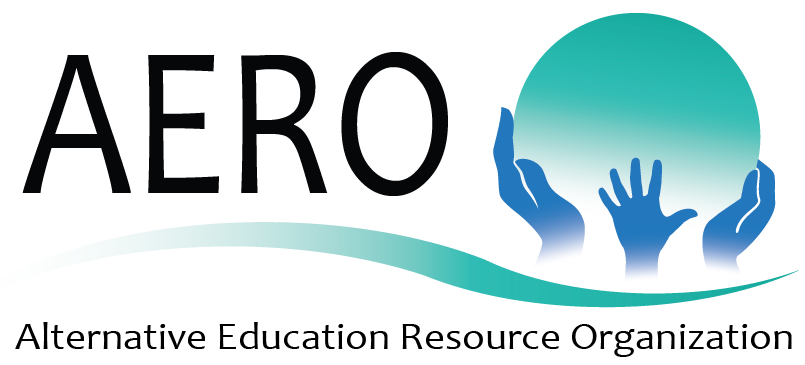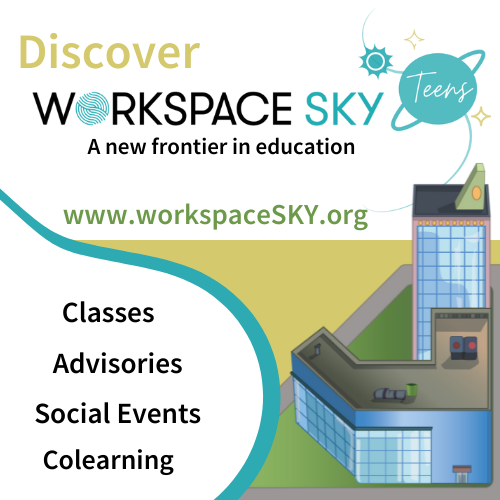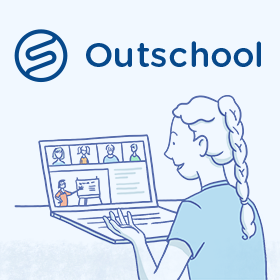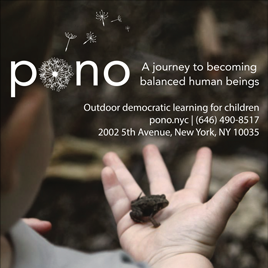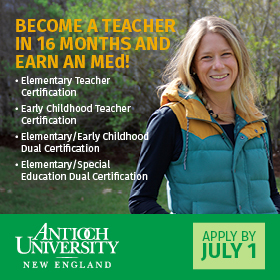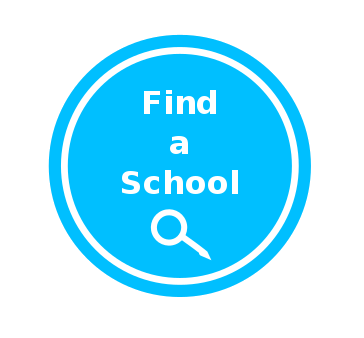
Watch video of Jerry's new TEDx talk above.
The transcript below of Jerry Mintz's TEDx talk comes from his original talk notes and not a direct transcription from the event.
At the airport in New York, on my way here, I encountered a mother and her 9 year old son in the elevator. I had on my shirt with our website, so the mother asked me what that was, I said I was an educational consultant. The boy then asked me what I did for work. I told him that I helped people start schools in which you didn’t have to go to classes unless you wanted to, you could choose any class to go to, and the decisions were made democratically with the students having an equal vote. Without hesitation the boy shouted “Sign me up!”
I almost always get this reaction from children. They know they are natural learners. Almost no student under 11 years old ever says “But how will I learn?” Only older students and parents sometimes ask that. This is because the human spirit is resilient and it takes at least 6 or 7 years before that natural ability to learn starts to become extinguished.
The educational approach in the large majority of schools still seems to be based on the theory that children are naturally lazy and need to be forced to learn. Why is this: Perhaps because the education bureaucrats who continue to control this system are the products of it! This may be why true change does not take place, despite the fact that modern brain research clearly shows that that children are natural learners.
Ever since the compulsory state government education system was created more than 150 years ago there have been important educational pioneers who have disagreed with the traditional authoritarian approach of most schools. These include people like Francisco Ferrer of Spain who started the Modern School movement, Maria Montessori, Rudolph Steiner who started Waldorf Schools, John Dewey, who started the progressive school movement, and A.S. Neill who started Summerhill School in England.
I’ve visited Summerhill many times and will visit on my way back from here. I’m a very part time table tennis teacher there—once every year or two. Here I am with Neill’s Daughter Zoe Readhead who now runs the school. Of course decisions are made democratically at Summerhill. There’s a funny story with this one. The meeting had made a decision that games could not be played in the computer room in the morning—so they passed the computer out the window so they could play!
There is a worldwide network of learner-centered schools and programs for all age levels. This network is growing rapidly as people become more and more dissatisfied with an unchanging traditional system. It’s important to understand that if you believe that people are born natural learners you wouldn’t have competitive grades, forced homework, or even grade levels. Just think what an artificial situation it is, to be in a room every day with 25 or thirty people of your exact age. This will never again happen in your life! Why should children be socialized to that bizarre configuration?
Also, consider the absurdity of grades and testing. If you go to a library, they assume that you want to learn something and that it is your business alone. They do not make you sit down and test and grade you on the way out! Why should schools be different?
The learner-centered schools are everywhere.
For example we help support the Sri Aurobindo Ashram/orphanage in Katmandu, Nepal. The founder, who himself was a young runaway, came back to Nepal after educating himself in India to found the Ashram. Sri Aurobindo, who it was named for, was a progressive educational pioneer in India. What they do with the children is amazing. For example I met a 12-year-old boy at our conference in 2003 who was brought to the orphanage as a three year old. Now, ten years later he is getting his doctorate in physics in Germany.
There are hundreds of such schools. They are all very different from each other. In Albany, New York, the Free School operates on income from buildings in their inner city area that they have bought at auction and rehabilitated.
In Israel there is a network of over 25 public democratic schools originally started by Yaacov Hecht, who now is working with mayors to change the education in entire cities.
I am working with young teachers from Saudi Arabia who are organizing a boarding democratic school for Syrian refugee orphans in Turkey. In an Eastern European country I did a consultation last year with a group which has just opened a home education resource center, the first of its kind in that country.
There is an inner city public school that runs democratically and the students have a constitutional right to leave any class without explanation. It is the School of Self Determination in Moscow, Russia!
What these schools and programs have in common is that they are learner centered and empower their students.
Home education is one of the fastest growing alternatives in the world. Almost 30 years ago, when John Holt’s groundbreaking book “Teach Your Own” was published, there were about 20,000 being home educated in the USA. Now it is estimated that there are more than two million. But home education is not legal everywhere. It is legal in Norway and Denmark, but illegal in Sweden. In fact, a child was dramatically taken away from parents there. removed from a plane when they were trying to leave the country. They are still trying to get their child back. It is illegal in Germany. One couple was given asylum in the USA after they escaped Germany with their children.
But in most places, where it is legal, starting a home education center is a good way to start a new learner-centered alternative.
I help people start new alternatives and we have helped start at least 50 in the last few years. One the most important early lessons I learned about how to do this was from Arthur Morgan. Morgan was a pioneer innovator at Antioch University in the early 20th century. He created the first cooperative education program at a university in which up to half of a student’s learning is experiential, through internship. This has now spread around the world. Morgan also started a progressive elementary school for his children in the 1920’s in the same town, Yellow Springs, Ohio.
I was lucky enough to meet Arthur Morgan when I was getting my Masters degree at Antioch in the 1960’s. He was in his 90’s. I wanted to start a democratic, interracial recreation center in Yellow Springs while I was there, so I went to see him for advice. Among other things he suggested that I get funding for the project from the local Council so that there would still be a job after I left the area to finish my degree.
I got the funding and had several meetings with large groups of interested students, but had trouble finding a location for the center. I thought I had found one in an unused wing of a church on the main street but the church turned us down So I went to meet with Morgan again to ask him what to do and learned one of my most important lessons from this Quaker on how to get things done.
Morgan was tall but somewhat stooped over. As I was telling him the situation he turned away from me and slowly started reaching for the phone. He started to dial. I was thinking he might really be senile; he wasn't even listening to me. It turned out he was calling one of his former students who was one of the two millionaires in town. His name was Morris Bean.
He said, "Hello, Morris. This is Arthur Morgan. I'm fine. You remember several years ago when the Presbyterian Church was expanding and they said that they were going to serve not just their own congregation, but the whole community? They did some fundraising. Well, there are some young people here who are trying to start a recreation center and they're looking for a place to have that recreation center. They have funding and support, but the church turned them down. Now, you put money into that, didn't you? Yes, I thought so. Well, if you'll just get me the list of some of the others…"
He then looked up at me as Morris Bean was getting the list of other people who had contributed to that fund. He said to me, and I'll never forget this, "I think that this is ethical!" That was an important lesson for me from the old Quaker about how to get things done.
A week later I got a phone call from the Presbyterian Church at 1 AM — they'd been rethinking my request and wanted to know if we were still interested in using the wing of the church for the recreation center and if I could come to a meeting the next morning. A week after that, we opened, the first interracial center in the town. It evolved into a community center that continues to this day. I wonder if the people in Yellow Springs know that this is something else they owe to Arthur Morgan.
So I did get my Master’s degree from Antioch, now known as Antioch University New England. I did my undergraduate work at another progressive college, Goddard College. Goddard was founded by Dr. Royce Stanley Pitkin. He was born just a few miles from the college, but eventually got his doctorate at Teachers College in New York, studying with the renowned John Dewey. In 1938 he got Deway and others to help him remake Goddard into what was and still is one of the most radical higher education alternatives. At Goddard there were no grades, no tests, you created your own major, and did independent studies whenever you wanted. I learned a great deal by studying about education with Pitkin. After I graduated and had started my own democratic school, Pitkin agreed to come to the school to speak at our graduation in 1980. By so doing he completed a circle of sorts, as John Dewey was born just a block away from my school. Pitkin spoke about Dewey, and told this story which indicated what Dewey thought about educational testing. It is as relevant today as it was then.
Pitkin story will be available in Jerry Mintz's TEDx video.
So his point was that in the end they weren’t testing anything real. And that was 33 years ago, quoting Dewey from 75 years ago.
Antioch and Goddard are two higher education alternatives that we list among dozens more on our website. Some have been around for a long time. Others have just recently started, such as Black Mountain SOLE, located on the former site of the original, radical Black Mountain College, which was attended by such people as Buckminster Fuller and Paul Goodman, in the 30’and 40’s. SOLE stands for Self Organized Learning Environment, a name that speaks for itself.
So, now to the most important part of this talk: What can you do if you are a parent, teacher or student? If you are a student here in this audience, you can do what some have done at other universities, organize student-led classes based on student interest. They do not have to be for credit, but you could seek it if you want.
If you are a classroom teacher you’d be amazed with the power of democratic process. You can be frank about the restrictions of your situation, but let them be free to make decisions in areas where you have the authority to do so.
If you are a parent or teacher and believe children are natural learners, you could organize your own school or home education resource center. I could help you do if you need assistance.
My mission is the Education Revolution. I want to see learner-centered, empowering education as a possibility for all students, everywhere. Thank you!
